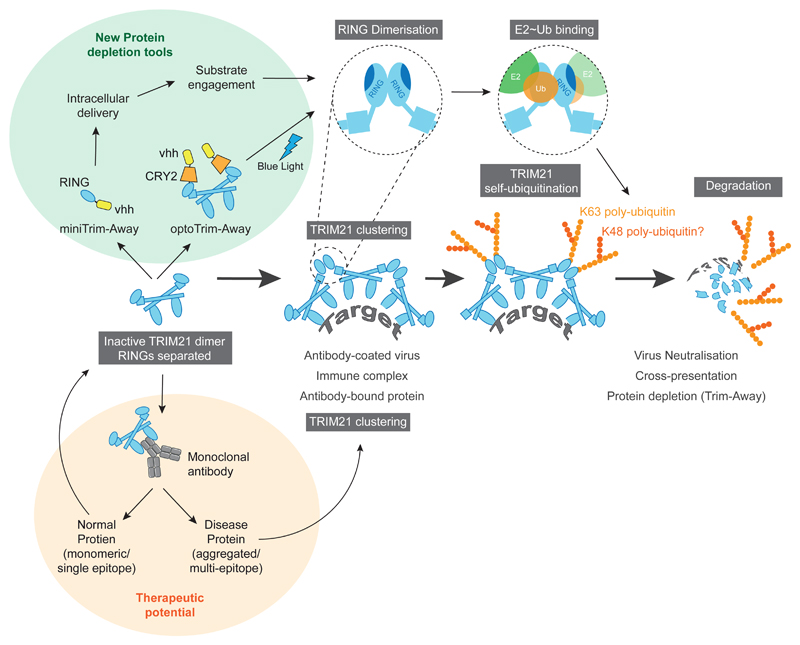Fig. 7. Model for target-induced clustering mechanism and its applications.
The two RING domains of the TRIM21 dimer are held apart by an elongated antiparallel coiled-coil. Target-induced clustering allows intermolecular RING dimerisation, which facilitates E2~Ub binding and catalysis of K63-linked ubiquitin chains on TRIM21 leading to proteasomal degradation of TRIM21 and its targets. TRIM21 clustering can be induced by antibody-coated virus, internalised immune complexes or proteins targeted with antibodies. This mechanism has therapeutic potential for selective degradation of repeat-epitope or aggregated disease proteins (orange shaded area). New protein depletion tools based on the sufficiency of molecular clustering and RING dimerisation for TRIM21-mediated degradation (green shaded area).

